At the beginning of the 19th century, Japan, then operating as a shogunate, was completely closed to the world. After a few years of trade with European powers in the 17th century, Japanese rulers had put an end to all foreign trade. During these years, Japan developed its traditional culture. The way of life did not change during this period: the country was divided into feudal territories and the dominant social class was the military caste, the samurai.
Japan is a country of islands in the Pacific Ocean, to the east of China. The entire country is therefore surrounded by water. The only way to get there is by boat. It was therefore easy to control entry to and exit from Japanese territory.

The sea that separates Japan from Korea is the Sea of Japan, also known as the East Sea. This fish-rich sea is surrounded by the Japanese islands, Korea and Russia. It has long been an important trade route. Today, it is used for fishing and for extracting oil and natural gas. The Sea of Japan has facilitated Japanese territorial expansion.
Japan couldn't remain isolated from the world indefinitely. It was in the middle of the 19th century, as the most powerful countries entered the race for colonization, that Japan had to establish new trade relations. It was an American commodore who brought Japan to heel. Having moored his ships in Tokyo Bay in 1853, Commodore Perry used every possible strategy to convince the shogun to reopen Japan to trade.

In 1858, Japan signed its first trade treaty with the United States. Gradually, other agreements were signed with the British, Russians, Dutch and France. Japan was once again taking part in world trade, and discovering all the technical and scientific innovations they hadn't yet seen. This sudden openness had a number of consequences for the Japanese economy, including the flight of gold, the scarcity of certain products such as silk and cotton, the invasion of foreign fabrics into the markets, rising prices and so on. The Japanese authorities had to intervene against these harmful consequences.
The Meiji era began shortly after the opening of foreign trade. At the time, there were many rivalries between the military class and the government. Each wanted power and control.
On November 9, 1867, the incumbent shogun relinquished power. Power officially reverted to Emperor Komei. For a few years, the emperor reigned, but the shogun still enjoyed full rights and played a more important political role. On the death of Emperor Komei, the shogunate was definitively abolished on January 3, 1868.

Komei was replaced by a new emperor, Mutsuhito, who gave the new era a name: Meiji. This name means “era of enlightened government”. This era lasted from 1868 to 1912. In effect, Mutsuhito set about transforming his country with reforms to adapt it to the new reality of the world, after all those years of closure. Most of these reforms were aimed at giving Japan institutions inspired by those in Europe.
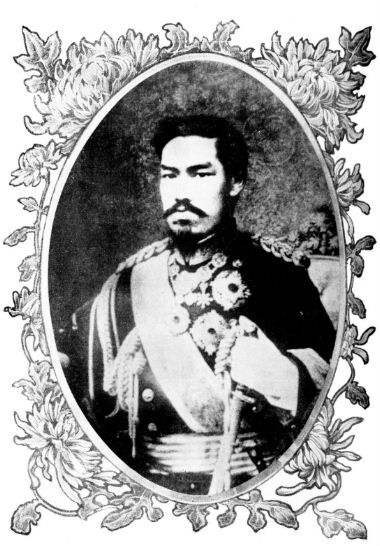
It should be remembered that, during the years of closure, Europe had experienced industrialization and all the technologies and institutions that accompanied industrial development. In concrete terms, the aim of all these reforms was to transform the entire social, economic and political system to ensure Japan's survival in the modern world.
Important transformations include:
- The city of Edo officially took the name Tokyo, meaning “the capital of the East”;
- In 1868, the Charter of Five Articles set out promises: creation of a deliberative assembly, free access to all jobs, abolition of class privileges, transformation of taxes into state taxes;
- In 1869, the army became a profession, no longer a social caste, but a chosen occupation. In 1875, conscription was introduced to encourage recruitment;
- In 1871, feudalism was abolished. The former feudal domains were divided into departments. The social system and the division of social classes were also abolished;
- In 1873, in addition to introducing conscription, Japan adopted a national education system (compulsory primary education) and the Gregorian calendar. State education ensured the training of an elite in in-demand sectors;
- In 1889, Japan adopted its very first constitution, setting up a legislative system. Under this system, the emperor controlled the executive, and the government was responsible to the emperor. In addition, the government was made up of 2 chambers, elected under a representative system. Politically, Japan was largely inspired by the British model.
During the same period, Japan also introduced democratic parties and a press.
Inspired by European methods, Japan was also able to develop its agriculture and industries. In 1872, the first railway and telegraph line was laid across the archipelago. Having established the railroad, modern agriculture and industries, Japan had stimulated its economy. The economy and trade were booming.
The reforms of the Meiji era stimulated the creation of a strong, modern society in which the military tradition had lost its place. Improved social and economic structures, combined with the declining influence of the military regime, encouraged the growth of an enterprising society. Indeed, 1881 marked the beginnings of Japanese capitalism. With the country in deficit, many services were privatized.
Shintoism was already present in Japanese culture and tradition before the Meiji era. However, it was during this period that Shintoism was defined as the state religion. Following this decision, many Buddhist temples were closed. Shinto temples were seen as holy and primordial places. They served to celebrate life and affirm national identity. What was special at the time was the total union between government and Shintoism. The emperor was born of divinity. The population as a whole therefore demonstrated a very strong cultural devotion to the emperor. The affirmation of national identity through religious celebrations and devotion to the emperor were used to legitimize expansionist policies, national imperialism and the desire to conquer Asia.
On July 30, 1912, Emperor Mutsuhito died. During his reign, Japan caught up with Western nations. By 1912, the country was one of the world's great powers. Yoshihito, Mutsuhito's son, took power and gave his reign the name Taishô, meaning “great justice”.
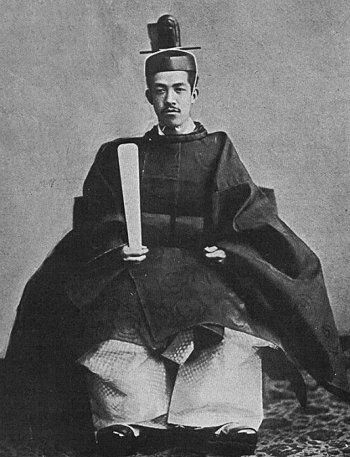
By December 1912, the new emperor was facing a major political crisis. Traditional political influence was declining, while the influence of political parties and parliament was increasing. However, the military, according to tradition, still had a firm grip on power. Yoshihito tried to give more power to the political parties, in order to give a greater role to civil society. However, this did not really work. The emperor lacked experience, and the political parties were still too weak to handle so many functions. By 1921, the emperor was gravely ill and could no longer rule the country. It was left to his son, appointed regent, to manage the situation.
Hirohito, son of Yoshihito, officially assumed power on his father's death in 1926. He ushered in the Shôwa era (the era of radiant peace). Hirohito was faced with the economic crisis of 1929. By 1931, unemployment in Japan had reached 20% of the working population.
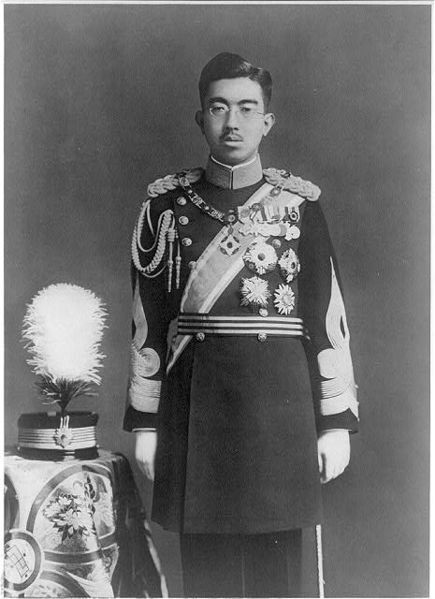
It was during this period that military expansion gained momentum. Japan needed to acquire new lands and new sources of raw materials, hence its colonialist imperialist policy. The Shôwa era, which lasted from 1926 to 1989, was marked by a chauvinist philosophy. During this period, the Japanese were convinced of their superiority over the rest of the world and Asia. Their expansionism was mainly driven by the desire to free Asian countries from European presence and to control them.
Japan is a very small country surrounded by water. This means that agricultural land cannot expand much, and natural resources are limited. As the country industrialized, Japan had to find sources of raw materials. This need for land and natural resources partly explains why Japan embarked on an expansionist policy in the 19th and 20th centuries. Moreover, Japan's development enabled the country to sign numerous treaties of political equality, the first of which, with the United Kingdom, was signed in 1894.
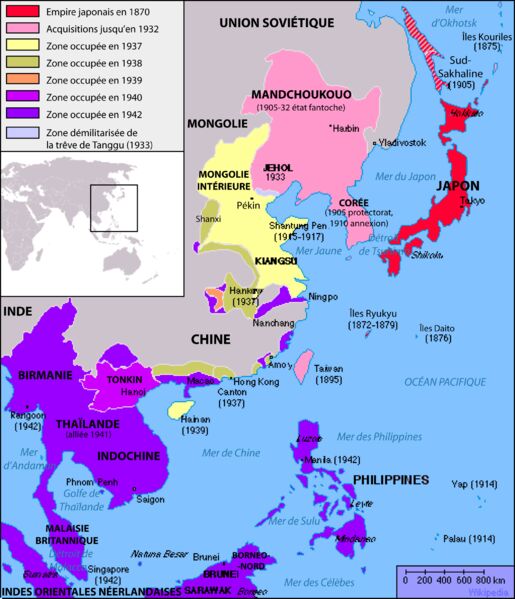
As soon as Japan gained political equality, Japanese expansionism began. In 1894, Japan and China went to war.
In 1894, a conflict divided China and Japan over Korea. Korea lies exactly between the two countries. At that time, Japan had entered the industrial age and had a very strong army. At the same time, China was lagging behind economically.
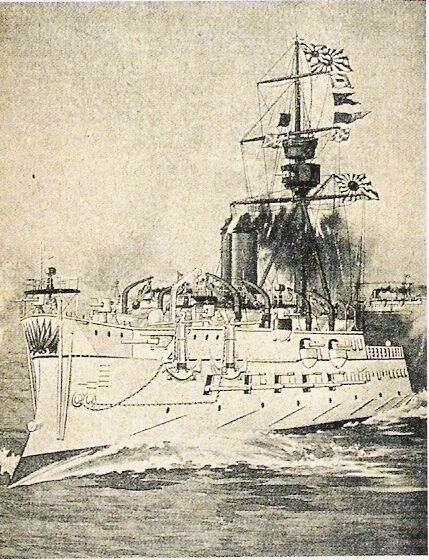
In August 1894, war broke out between the two countries. Having accumulated several consecutive defeats, China admitted defeat in March 1895 before signing the Treaty of Shimonoseki in April 1895. Under this treaty, China ceded several territories to Japan, including the Pescadores Islands and Liaodong. China also relinquished suzerainty over Korea. All these territories became Japanese colonies until 1945. Korea was annexed to Japan in 1910.
The Boxers are members of a sect founded in China in 1770. They were strongly opposed to the Manchu dynasty and Western domination. On June 10, 1900, the Chinese empress demanded that all foreigners be expelled from Chinese territory.
The Boxers, sympathetic to the Empress's demand, embarked on a hunt for Chinese Christians and European priests, resulting in numerous massacres. The Boxers also laid siege to buildings housing foreigners. The Boxer revolt was confined to the Chinese capital. Outside Beijing, the revolt did not spread. To put an end to the massacre and prevent the revolt from spreading, several countries joined forces: England, France, the United States, Germany, Russia, Japan and Italy. All the armies entered the city of Peking in August 1900, causing the court to flee.
The Empress then signed a treaty in which she pledged to provide financial reparations for 40 years and to punish those responsible for the massacres. At the end of the conflict, Tsar Nicholas II took advantage of China's weakness to occupy Manchuria. The Japanese, who wanted to occupy Manchuria, wanted to prevent the Russians from taking it. This event led to the Russo-Japanese War. For this reason, they signed an agreement with England, in which the British undertook not to intervene in the event of a war between Japan and Russia, and to encourage the other European powers to follow suit.
Stemming from a rivalry between Tsar Nicholas II and Emperor Mutsuhito, the Russo-Japanese War marked Japan's desire to build a colonial empire in the image of the European powers. Russia, on the other hand, had the same objective. What's more, both countries were targeting the same territory: China. After the Boxer War, Russia occupied Manchuria and had garrisons in several places.
Even before declaring war on Russia, Japan carried out a surprise attack. On the night of February 7-8, 1904, Japanese ships attacked the garrison at Port Arthur: 7 Russian ships were sunk and 8,000 Japanese soldiers landed. On January 2, 1905, the Russians in Port Arthur capitulated. Fighting continued until the Japanese fleet eliminated the Russian fleet. Peace between the two countries was signed after lengthy mediation by American President Theodore Roosevelt. Japan had succeeded in taking Manchuria, consolidating its military power and demonstrating its strength to the rest of the world. Russia, greatly weakened by this crushing victory, then experienced popular revolts aimed at dethroning Nicholas II.
In 1910, Japan annexed Korea to establish a powerful colonial regime. Japanese rulers expropriated many people to take over the land. They also controlled Korea's natural resources.
On the eve of the First World War, Japan was known as a modern, powerful nation, with no one doubting its armed strength. The country took advantage of the Great War to continue its expansion. After the war, Japan had several possessions in China and the Pacific. Japan also benefited from several rail and mining concessions in Manchuria.
From 1931 onwards, military policy took precedence in Hirohito's decisions. That's why Japan set out to conquer Manchuria. Through its military policy, Japan built up a vast military industrial complex, thanks to which it would have no shortage of armaments or heavy equipment. Having successfully conquered the territory, Japan created the state of Manchukuo. However, following this conquest, the American president proposed limiting Japan's naval power. Following this proposal, Japan left the League of Nations in 1933 to express its dissatisfaction.
Hergé, the author behind the Tintin comics, wrote Tintin and the Blue Lotus in 1935. The story takes place in China in the early 1930s, when the Japanese army invades Manchuria.
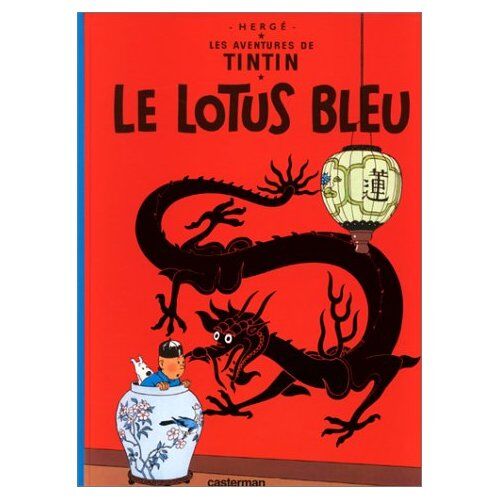
In 1937, Japan invaded China as part of its drive for colonization and land appropriation. No European power approved of this attack.
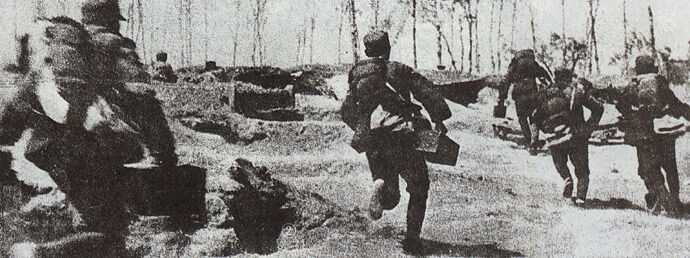
At the time, Shintoism formed the basis of Japanese nationalism, and the Japanese were convinced of their superiority over other Asian cultures. Taking advantage of its full arsenal, Japan did not hesitate to bomb China. Fighting soon broke out all over China, with the Japanese gradually taking possession of strategic cities and points: Peking, Shanghai, Nanking, the Yellow River, Canton, etc. The fighting was violent, and both countries did not hesitate to commit the most barbaric acts, including the Nanking massacre.
After the capture of Nanking, the Japanese soldiers were left there without orders. As the Chinese soldiers had left the city, only civilians remained. For 6 weeks, the Japanese soldiers pillaged the place, not hesitating to perpetrate atrocities: massacres, murder, torture and rape. The Nanking massacre is the worst example of what the Japanese were able to accomplish on Chinese territory during this war. For their part, the Chinese did not hesitate to break dikes and drown 11 towns and 4,000 villages to slow the Japanese advance.
The issues at stake in the Sino-Japanese war quickly became those of the Second World War, which was taking place simultaneously. In 1940, the Japanese took possession of Indochina. It was at this time that the American government placed Japan under embargo. In 1941, Japan seized several colonies in Southeast Asia. In 1944, Japan lost control of the Pacific and surrendered in 1945, marking the end of the Second World War.